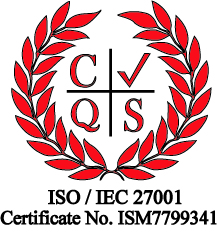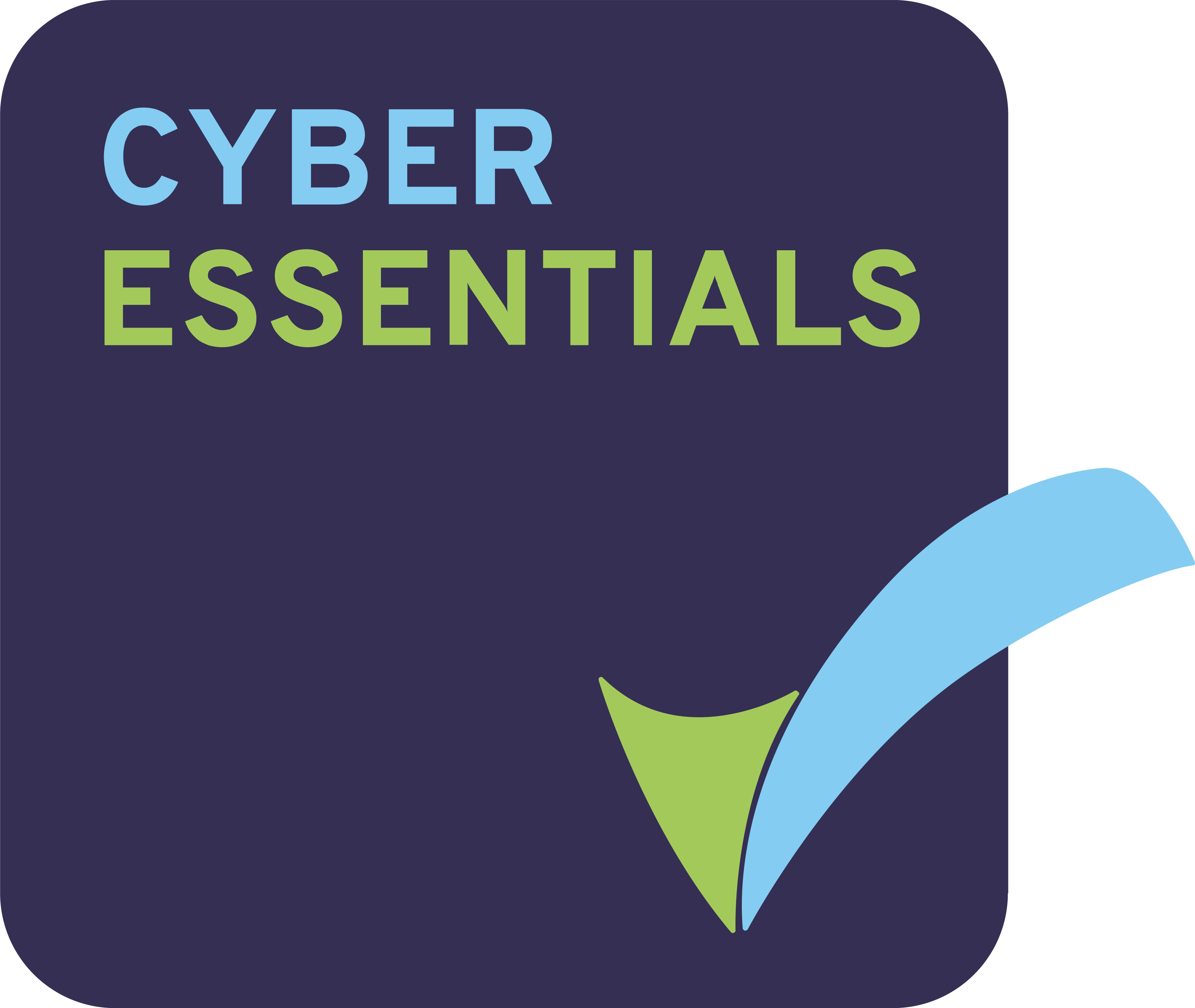In today’s digital landscape, managing access to critical systems and controlling privileged accounts is essential for protecting sensitive resources. Two powerful tools in this effort are Privileged Access Management (PAM) and Privileged Identity Management (PIM). While they share common goals, they address different security challenges.
This article explores how these solutions differ, their roles in protecting your organisation, and how they can work together effectively.
What Is Privileged Access Management (PAM)?
Privileged Access Management (PAM) is a system designed to secure sensitive data and key assets by applying advanced access controls. It limits who can access critical systems and enforces strict monitoring of privileged activities to minimise risks.
What Is Privileged Identity Management (PIM)?
Privileged Identity Management (PIM) focuses on protecting the accounts of highly privileged users, such as administrators and superusers. Unlike standard identity management systems, PIM adds extra security measures, including time-limited access and role approvals, to ensure privileged accounts are used securely and responsibly.
PAM vs. PIM: How They Differ
While PAM and PIM both enhance security, they serve distinct purposes:
- PAM ensures controlled access to important systems and data while monitoring activity to detect misuse.
- PIM manages the identities and roles of privileged users, ensuring access is granted only when needed and only for as long as necessary.
By integrating PAM and PIM, organisations can establish a well-rounded security strategy for managing privileged access and preventing unauthorised actions.
How to Effectively Implement PAM
To create an effective Privileged Access Management (PAM) strategy, consider the following steps:
- Implement Multifactor Authentication (MFA): Add an extra layer of security by requiring users to verify their identities with more than just a password.
- Automate Security Measures: Use tools that can automatically detect and respond to suspicious activities to eliminate delays and reduce errors.
- Regularly Remove Unnecessary Accounts: Periodically review privileged groups and delete any accounts that are no longer needed to minimise the risk of compromise.
- Monitor and Respond to Anomalies: Define what constitutes normal behaviour for privileged accounts and investigate deviations that could indicate threats.
- Assign Access Based on Behaviour: Grant permissions aligned with a user’s recent activities, ensuring they only have access to what they truly need.
These practices not only reduce vulnerabilities but also improve oversight and compliance.
Key Features of PIM
Privileged Identity Management (PIM) plays a crucial role in securing privileged user accounts by implementing safeguards such as:
- Time-Limited Access: Restrict privileged permissions to specific timeframes to prevent unnecessary long-term access.
- Approval-Based Role Assignments: Require authorisation from designated approvers before allowing users to activate high-level roles.
- Policy Enforcement: Ensure all privileged accounts comply with organisational policies, such as requiring multifactor authentication or strict password standards.
These features ensure that privileged accounts are only used when absolutely necessary, reducing exposure to risks.
Why PAM and PIM Are Both Essential
Though Privileged Access Management (PAM) and Privileged Identity Management (PIM) target different areas of security, they work hand-in-hand to protect sensitive resources:
- PAM focuses on managing and monitoring access to critical systems.
- PIM secures privileged identities and provides precise controls for when and how privileged access is granted.
Together, they create a layered security approach, helping organisations reduce vulnerabilities, prevent breaches, and enhance compliance.
Conclusion
As cyber threats grow increasingly sophisticated, organisations must take proactive steps to secure their sensitive systems and accounts. Privileged Access Management (PAM) and Privileged Identity Management (PIM) each play unique but complementary roles in addressing these challenges.
By using these tools together, companies can build a robust security framework that safeguards both privileged accounts and the systems they access. Adopting a strategy that combines PAM and PIM isn’t just about preventing privilege abuse—it’s a critical step in staying ahead of evolving cybersecurity threats.

 Australia
Australia Canada
Canada LATAM
LATAM New Zealand
New Zealand UAE
UAE United States
United States








